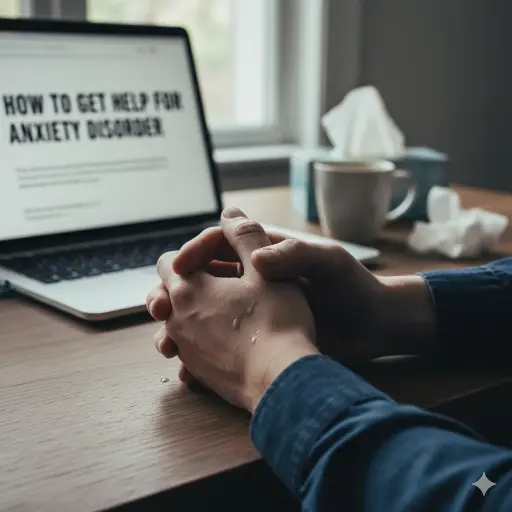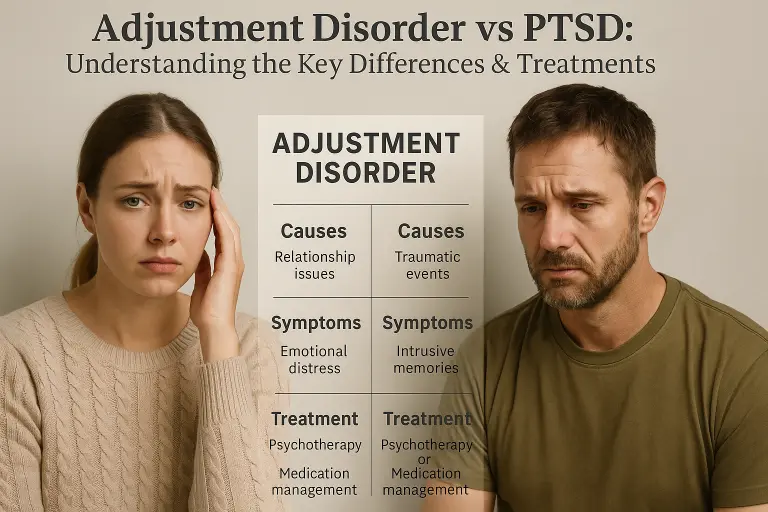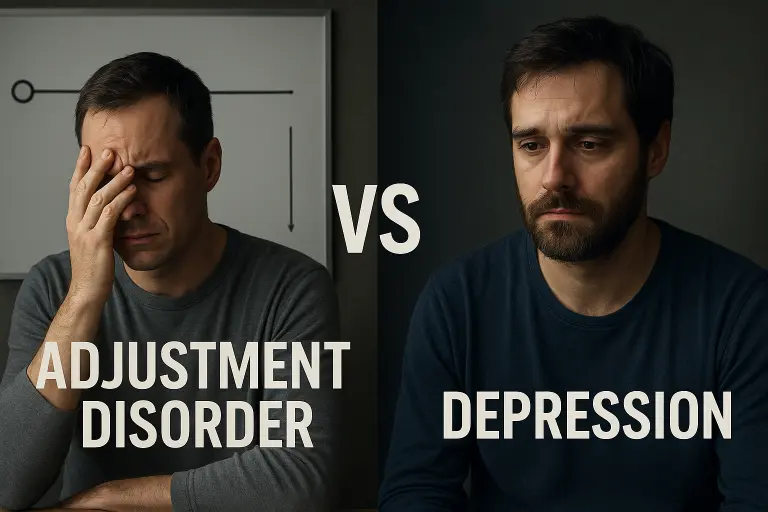The Role of Medication-Assisted Treatment in Behavioral Health Recovery
A Comprehensive Approach to Overcoming Substance Use Disorders

Understanding Medication-Assisted Treatment and Its Impact
Medication-Assisted Treatment (MAT) represents a pivotal advancement in behavioral health recovery, combining FDA-approved medications with behavioral therapies to address substance use disorders effectively. This integrative approach not only stabilizes brain chemistry but also enhances the effectiveness of psychosocial interventions, supporting individuals toward sustained recovery and improved quality of life.
Core Medications in MAT and Their Roles

What are common medications used in MAT for different substance use disorders?
Medication-assisted treatment (MAT) employs specific medications tailored to the type of substance use disorder (SUD) being addressed. For opioid use disorder (OUD), three main FDA-approved drugs are widely used: methadone, buprenorphine, and naltrexone.
Methadone is a long-acting synthetic opioid agonist that prevents withdrawal symptoms, reduces cravings, and blocks the effects of other opioids. It is typically dispensed through specialized clinics and should be taken daily to provide a stable recovery foundation.
Buprenorphine acts as a partial opioid agonist, which means it partially stimulates opioid receptors in the brain. This alleviates withdrawal symptoms and cravings and carries a lower overdose risk. Buprenorphine is accessible in outpatient settings, often combined with naloxone (as Suboxone) to prevent misuse.
Naltrexone is an opioid antagonist that blocks receptors, impeding euphoric effects of opioids and alcohol, thereby decreasing the desire to use these substances. It can be administered orally or via a monthly injection (Vivitrol) for extended treatment.
In the case of alcohol use disorder (AUD), medications like acamprosate, disulfiram, and naltrexone are common. Acamprosate helps restore the brain’s chemical balance disrupted by chronic alcohol use, making relapse less likely. Disulfiram causes adverse reactions when alcohol is consumed, serving as a deterrent.
Naltrexone also plays a role in AUD treatment by blocking alcohol’s rewarding effects, thereby reducing craving and consumption. These medications do not cure AUD but support long-term recovery as part of a broader treatment plan.
Additional medications like naloxone and nalmefene are emergency drugs used to reverse opioid overdoses, crucial for saving lives.
| Medication | Substances Treated | Main Function | Formulation |
|---|---|---|---|
| Methadone | Opioids | Prevent withdrawal, reduce cravings, block effects | Oral, liquid, daily dispensed |
| Buprenorphine | Opioids | Alleviate withdrawal, reduce cravings, lower overdose risk | Sublingual, injection |
| Naltrexone | Opioids, Alcohol | Block drug effects, reduce cravings | Oral tablet, monthly injection |
| Acamprosate | Alcohol | Normalize brain chemistry | Oral |
| Disulfiram | Alcohol | Deterrent via adverse reactions | Oral |
| Naloxone | Opioid overdose | Reverse overdose | Nasal spray, injectable |
| Nalmefene | Opioid overdose | Prevent relapse, reverse effects | Injectable |
Understanding the mechanisms and appropriate uses of these medications helps ensure effective and safe treatment tailored to individual recovery needs.
The Effectiveness and Benefits of MAT in Recovery

What are the benefits and effectiveness of Medication-Assisted Treatment?
Medication-Assisted Treatment (MAT) is a proven, evidence-based strategy that enhances recovery prospects for people battling opioid use disorder and other substance use disorders. It involves the use of FDA-approved medications such as methadone, buprenorphine, and naltrexone, combined with counseling and behavioral therapies. This integrated approach addresses both the physical dependency and the psychological aspects of addiction.
Research consistently shows that MAT improves survival rates by reducing the risk of overdose and death. It helps normalize brain chemistry, alleviates withdrawal symptoms, and diminishes cravings, enabling individuals to stabilize both their bodies and minds.
The treatment also increases the likelihood of treatment retention—meaning more people stay engaged in recovery programs longer than they would without medication support. It actively reduces illicit drug use by blocking euphoric effects and discourages relapse by providing ongoing emotional and physiological stability.
Beyond physical health, MAT contributes to significant improvements in social functioning. Patients often regain employment, strengthen relationships, and participate more fully in community life. It also supports mental health by providing a foundation for engaging in therapies that address trauma, mental illness, or co-occurring disorders.
Ultimately, the success of MAT hinges on personalized treatment plans tailored to individual needs, ongoing support, and addressing societal barriers such as stigma. When integrated with comprehensive care, MAT becomes a cornerstone of lasting recovery, proving its worth through numerous positive outcomes.
Integration of MAT with Behavioral and Mental Health Care
 Combining medications with counseling and behavioral therapies is a fundamental aspect of Medication-Assisted Treatment (MAT). This approach ensures that both the physical and psychological facets of addiction are addressed comprehensively.
Combining medications with counseling and behavioral therapies is a fundamental aspect of Medication-Assisted Treatment (MAT). This approach ensures that both the physical and psychological facets of addiction are addressed comprehensively.
Medications like Suboxone, containing buprenorphine and naloxone, and Vivitrol, an injectable form of naltrexone, are used alongside various psychosocial interventions. These therapies include cognitive-behavioral therapy (CBT), motivational interviewing, trauma-informed therapy, and family support approaches. Together, they help individuals develop healthier coping strategies, reduce cravings, and prevent relapse.
A multidisciplinary care model is often employed to coordinate treatment effectively. This involves a team of healthcare providers, including physicians, counselors, social workers, and family therapists. They work in tandem to create personalized treatment plans that encompass medication management and behavioral therapies.
Often, therapy sessions are offered onsite at treatment facilities or through referrals to community-based mental health services. This integrated care structure not only stabilizes the patient's physical health but also fosters emotional and psychological resilience.
Medications in MAT provide an essential foundation by alleviating withdrawal symptoms and reducing the intensity of cravings. This stabilization enables patients to engage more effectively in behavioral therapies, addressing underlying mental health issues such as depression, anxiety, or trauma.
Overall, the integration of MAT with psychosocial interventions forms a holistic strategy—attacking addiction from multiple angles. This synergy enhances long-term recovery prospects and supports sustained mental health, ultimately helping individuals lead healthier, more stable lives.
Policy, Neurobiology, and Research Support for MAT

What are the policy considerations and guidelines for the use of MAT?
Policy guidelines for medication-assisted treatment (MAT) focus on making treatment accessible, safe, and effective. They emphasize the importance of personalized care, with treatment plans tailored to each individual's needs through shared decision-making with healthcare providers. Regulations require qualified professionals to assess patients thoroughly before initiating MAT, ensuring they meet criteria for addiction treatment. Policies also push for integrating behavioral therapies alongside medications, promoting a holistic approach. Legislation supports reducing barriers to access—such as insurance coverage and licensing—to expand availability, especially in underserved communities. It is crucial that policies advocate for continued care and relapse prevention, avoiding abrupt dismissals, and fostering supportive environments for recovery. Furthermore, government agencies encourage education of providers about evidence-based practices for using FDA-approved medications like methadone, buprenorphine, and naltrexone. Overall, sound policies aim to treat substance use disorders as chronic medical conditions, emphasizing ongoing support over short-term fixes.
Advancing Recovery Through Evidence-Based Practice
In conclusion, the integration of medication-assisted treatment within behavioral health frameworks plays a vital role in transforming addiction recovery. By targeting the neurobiological underpinnings of substance use disorders, providing comprehensive care, and addressing social and psychological complexities, MAT enhances treatment retention, reduces overdose risks, and promotes sustained sobriety. As policies evolve to improve access and reduce stigma, and as research continues to deepen our understanding, medication-assisted treatment remains a cornerstone of effective behavioral health recovery today and into the future.
References
- The Role of Medication-Assisted Treatment (MAT) in Recovery
- Medication Assisted Treatment (MAT) - American Addiction Centers
- Medication Assisted Treatment - YES NM
- How Medication-Assisted Treatment Supports Mental Health
- Brief Training on Medication-Assisted Treatment Improves ...
- Medication Assisted Treatment (MAT) - AHCCCS
- The Role of Medication-Assisted Treatment in Overcoming Addiction
- Medications for Substance Use Disorders - SAMHSA
- How Medication-Assisted Treatment Improves Recovery Outcomes
- The Life-Changing Benefits of Medication-Assisted Treatment (MAT ...
More Resources
A team ready to start your journey.
Get in touch — today.
We are a safe space – a haven for exceptional individuals to receive discreet, personalized, in-person treatment and care.
.avif)









